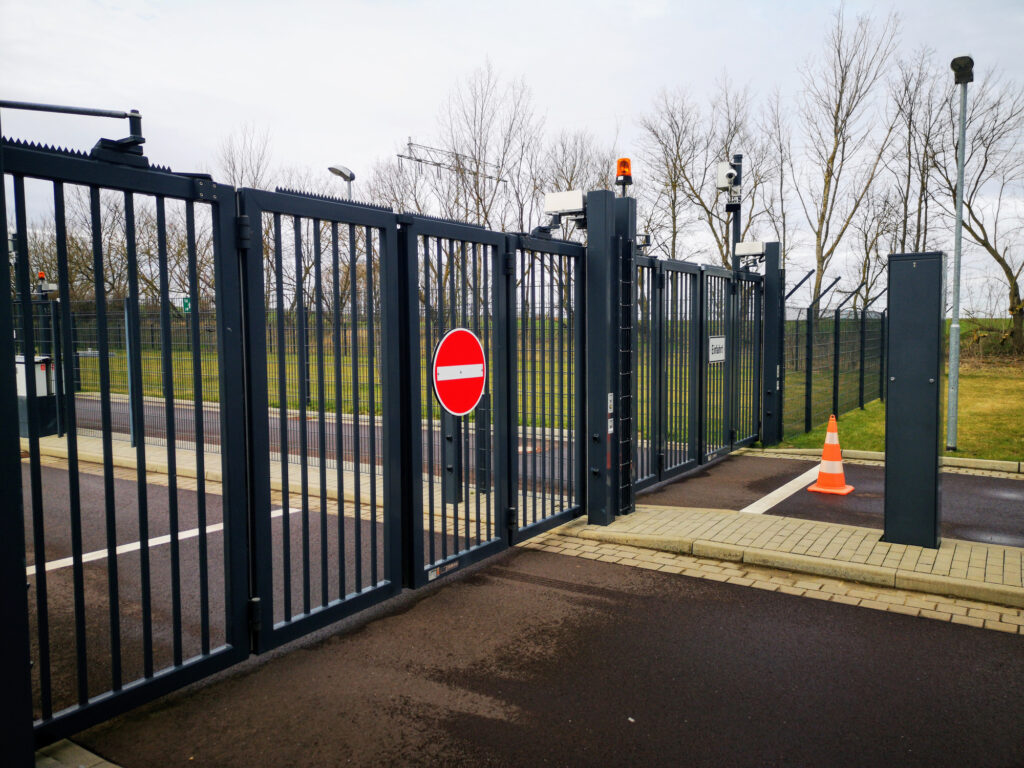Los Angeles, a city known for its vibrant culture and diverse communities, is grappling with a concerning uptick in crime rates. From petty thefts to violent incidents, the surge in criminal activity is posing a significant threat to the safety and well-being of both residents and businesses. In this article, we delve into the factors contributing to this rise and explore strategies to protect our communities and sustain a thriving urban environment.
1. Unpacking the Numbers: Understanding the Surge in Crime
Recent statistics reveal a notable increase in various forms of criminal activity across Los Angeles. Factors such as economic disparities, social unrest, and the ongoing global health crisis have undoubtedly played a role in this surge. However, it’s imperative to dissect these trends to develop effective, targeted solutions.
2. Impact on Communities: A Shared Concern
The repercussions of rising crime rates are felt keenly by communities across the city. Residents, once accustomed to a sense of security, now find themselves grappling with heightened concerns about personal safety. Additionally, businesses face increased challenges in safeguarding their premises and ensuring the well-being of their employees and customers.
3. Protecting Our Homes: Strengthening Residential Security
For residents, proactive measures are key to enhancing personal safety. This may include bolstering home security systems, participating in neighborhood watch programs, and investing in community-driven initiatives that foster a sense of collective security.
4. Securing Businesses: Safeguarding Commercial Interests
Businesses, particularly small enterprises, face unique challenges in the face of rising crime rates. Implementing robust security measures, conducting thorough risk assessments, and forming partnerships with local law enforcement agencies can significantly fortify a business’s ability to withstand criminal threats.
5. Community Policing and Engagement: Bridging the Gap
Effective law enforcement requires collaboration between police departments and the communities they serve. Community policing initiatives, which prioritize building trust and open communication, play a crucial role in identifying and addressing the specific needs of neighborhoods.
6. Investing in Education and Rehabilitation
Addressing the root causes of criminal behavior is equally important. Investing in education, providing accessible mental health resources, and offering rehabilitation programs can help break the cycle of crime and support individuals in reintegrating into society.
7. Advocating for Policy Reforms: A Collective Effort
Advocacy for policy changes at the local and state levels is a powerful tool in addressing rising crime rates. This may include supporting initiatives that promote economic equality, affordable housing, and comprehensive criminal justice reform.
The surge in crime rates in Los Angeles is a pressing concern that demands collective action and thoughtful, community-driven solutions. By prioritizing the safety and well-being of residents and businesses, we can work towards creating a city that thrives on a foundation of security, trust, and shared prosperity. Together, we can build a safer, stronger Los Angeles for all.







